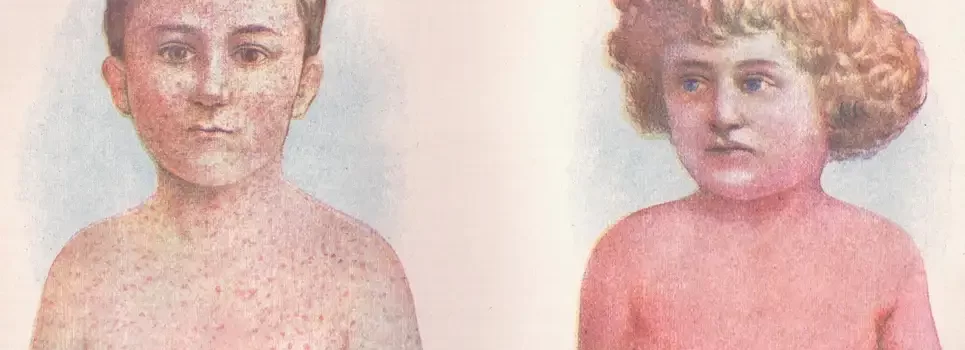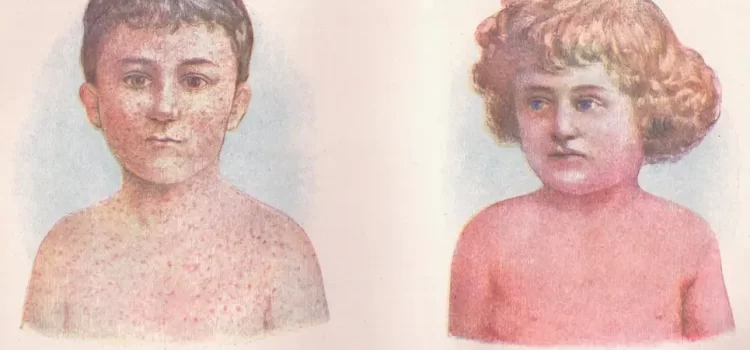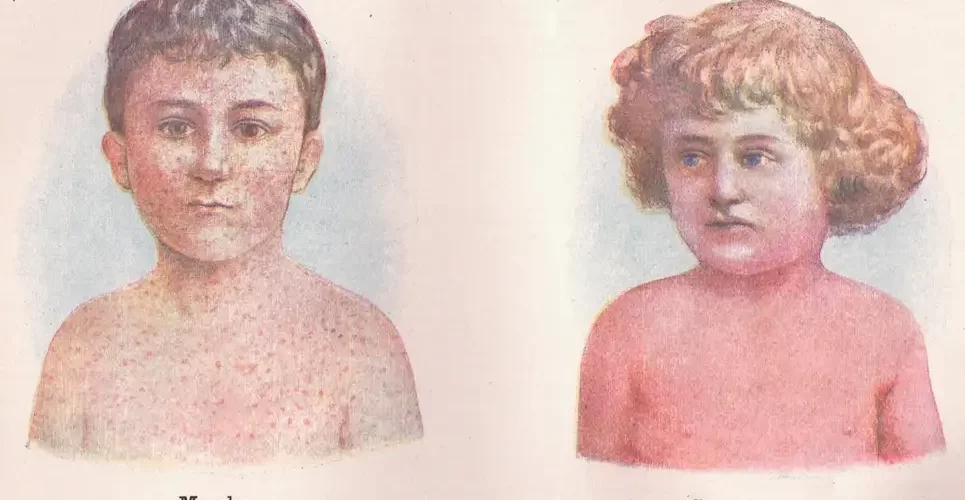A particularly good example is HIV, the virus that causes AIDS. HIV attacks certain cells of the immune system called T-cells. You can think of T-cells as the generals of the immune system, because they are responsible for orchestrating your immune responses. When HIV attacks T-cells, they eventually succumb to the virus. This means the immune system becomes weaker and weaker, and eventually it cannot keep up with all sorts of other microbes. As a result, HIV-infected people become vulnerable to otherwise harmless infections. Microbes, which normally live in or on us in peaceful coexistence, sense an opportunity and begin to grow out of control. The relatively harmless fungus Candida albicans – which lives on over half of us – can turn into a serious infection. Herpes virus 8 can go from being relatively harmless to causing a form of cancer called Kaposi’s sarcoma. Even the flu can become deadly.
The infectious burden of HIV is taxing on the body, and even though we now have anti-HIV drugs that help patients live much longer than previously, they still die earlier than non-infected people. They also have an increased risk of everything from cancer to cardiovascular diseases. And in fact, it turns out that HIV infection in itself increases the rate of biological ageing. Patients with HIV are five to seven years older biologically than their actual age as measured by the epigenetic clock.
As a whole, there are countless viruses that target humans, including ones we don’t know about yet. It’s not hard to imagine that some of these contribute to ageing or disease; nor is it difficult to envision that diseases, for which we haven’t yet identified the cause, could turn out to have bacterial or viral involvement. Okay, it might not be particularly wise to become a paranoid hypochondriac either, but it’s certainly worthwhile using a little common sense and of course, getting vaccinated.
Nicklas Brendborg is a PhD student of molecular biology at the University of Copenhagen. In 2015, Brendborg published his first book, Top Student. He also co-authored Lars Tvede’s bestseller Supertrends.




